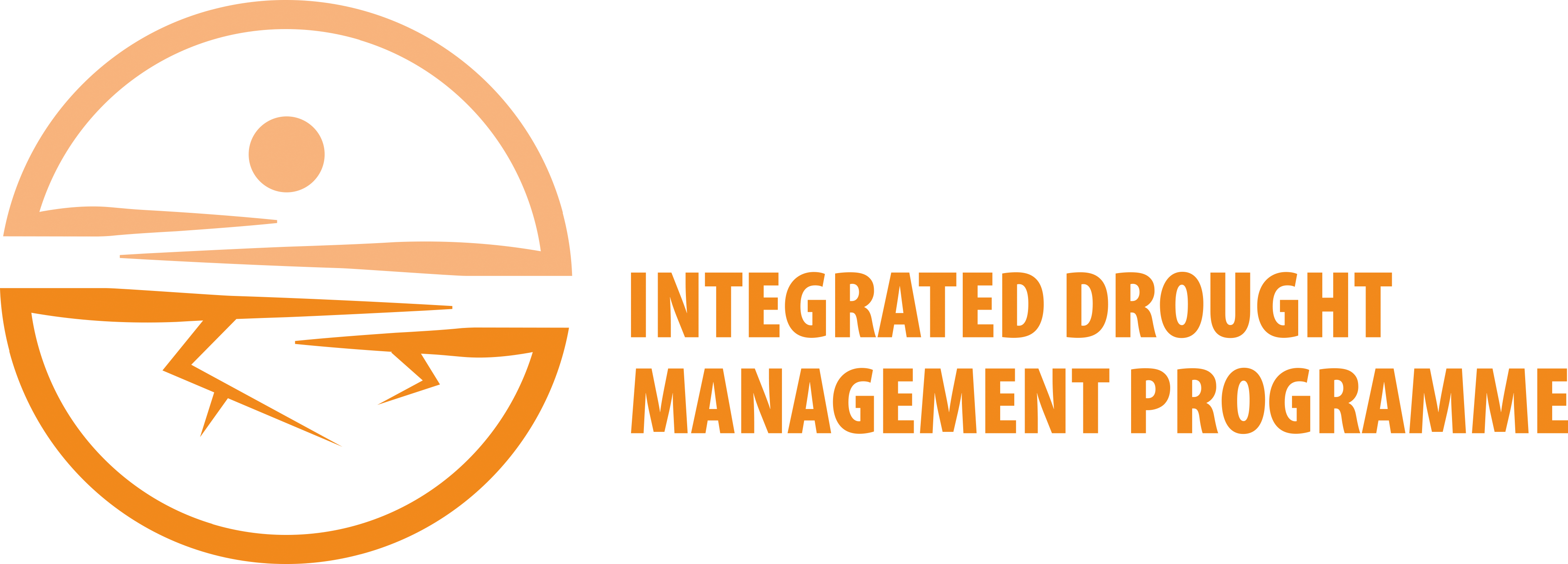Surface Water Supply Index (SWSI)
Index name: Surface Water Supply Index (SWSI).
Ease of use: Yellow.
Origins: Developed by Shafer and Dezman in 1982 to directly address some of the limitations identified in PDSI.
Characteristics: Takes into account the work done by Palmer with PDSI but adds additional information including water supply data (snow accumulation, snowmelt and runoff, and reservoir data), and is calculated at the basin level. SWSI identifies the approximate frequency of mild drought occurrence at 26%–50%, moderate drought occurrence at 14%–26%, and severe drought occurrence at 2%–14%. Extreme drought occurs approximately less than 2% of the time.
Input parameters: Reservoir storage, streamflow, snowpack and precipitation.
Applications: Used to identify drought conditions associated with hydrological fluctuations.
Strengths: Taking into account the full water resources of a basin provides a good indication of the overall hydrological health of a particular basin or region.
Weaknesses: As data sources change or additional data are included, the entire index has to undergo a recalculation to account for these changes in the inputs, making it difficult to construct a homogeneous time series. Since calculations may vary between basins, it is difficult to compare basins or homogeneous regions.
Resources: Calculations and an explanation of the methodology are provided in the references below.
References:
Doesken, N.J. and D. Garen, 1991: Drought Monitoring in the Western United States using a Surface Water Supply Index. Preprints, Seventh Conference on Applied Climatology, Salt Lake City, UT. American Meteorological Society, 266–269.
Doesken, N.J., T.B. McKee and J. Kleist, 1991: Development of a Surface Water Supply Index for the Western United States. Climatology Report 91-3, Colorado Climate Center, Colorado State University.
Shafer, B.A. and L.E. Dezman, 1982: Development of a Surface Water Supply Index (SWSI) to Assess the Severity of Drought Conditions in Snowpack Runoff Areas. Proceedings of the Western Snow Conference, Colorado State University, Fort Collins, CO, 164–175.
Currently used by: USA.



13 Responses
Hello,
I discovered a comprehensive tool called DMAP on AgriMetSoft at http://agrimetsoft.com/. DMAP can calculate 20 drought indices and 3 hydrological indexes. It was incredibly user-friendly, allowing me to calculate these indices for multiple stations with just a few clicks. Additionally, I requested a discount and successfully received it.
You can access the tool here: http://agrimetsoft.com/dmap
Cheers,
Thank You
Dear Kassa Abera
You might find the following website containing information on SWSI computation helpful: http://water.state.co.us/DWRDocs/Reports/Pages/SWSIReport.aspx. This is the tool used for calculations: http://openwaterfoundation.org/software-tools/tstool. Please note that we are not in the position to provide support to the mentioned software.
Here is a comment from one of our IDMP partners on the SWSI: The SWSI is currently calculated in about 7 states of the U.S.A. The SWSI is essentially different for each state, but the method used in Colorado can be recommended. There are, in fact, two versions of the SWSI, one is an “outlook” requiring streamflow forecasts to run the program and the other is more of a current assessment and does not need the forecast information. Which one they use would depend on what and how much data they have access to.
Best regards
IDMP team
Really thank you for your fast response. DMAP is a good drought indicators calculating tool and it is possible to determine SWSI in this tool. But this model (tool) is not freely available. so is there any other mode or tool used to calculate SWSI? fore example Drin C is used to calculate SPI, RDI and SDI. In the same manner if there is any model or tool which can easily calculate SWSI, please inform me.
Thank you for your help
Dear Kassa Abera
The weightings a, b and c are based on the components’ (ice pack/river flow, precipitation, reservoir storage) potential impact on water available in the basin.
The method used by the developers of the index is mentioned on page 172 here: https://www.droughtmanagement.info/literature/CSU_Development_SWSI_Assess_Severity_Drought_Conditions_Snowpack_Runoff_Areas_1982.pdf
The weightings were initially estimated by expert consultation and then refined by checking goodness of fit and adjusting to the actual situation. Please refer to the text in the above mentioned publication for more detail.
An example calculation was done here: https://www.droughtmanagement.info/literature/CSU_Development_SWSI_Western_United_States_1991.pdf
Best regards
IDMP team
how to determine the constants value, a, b and c in SWSI calculation?
How to determine the constants value (a, b and c) for different basins
Dear Kassa Abera
The SWSI is calculated by combining pre-runoff reservoir storage (carryover) with forecasts of spring and summer streamflow which are based on current snowpack and other hydrologic variables. This publication explains how it is calculated: https://www.droughtmanagement.info/literature/CSU_Development_SWSI_Assess_Severity_Drought_Conditions_Snowpack_Runoff_Areas_1982.pdf.
Best regards
IDMP team
I am a PhD student in Addis Ababa University, Ethiopia, and I need to know how to calculate SWSI? What tools are used to calculate it?
Hello, did you find how to calculate it ?
Dear Alae,
Thanks a lot for reaching out! I would refer to the explanation we provided to Kassa a while back: The SWSI is calculated by combining pre-runoff reservoir storage (carryover) with forecasts of spring and summer streamflow which are based on current snowpack and other hydrologic variables. This publication explains how it is calculated: https://www.droughtmanagement.info/literature/CSU_Development_SWSI_Assess_Severity_Drought_Conditions_Snowpack_Runoff_Areas_1982.pdf.
Would that answer your question?
Best regards
IDMP team
It will be better if you improve the site with the calculation equations for each drought index. Because some drought indices have multiple nicknames (like : Streamflow Drought Index (SDI) = Standardized Streamflow Index (SSFI)), so they have multiple versions of formulas. As well as some references are paid!!! you cannot check the version you want before purchasing the item
Dear Alae,
Your suggestion to add the formula’s to the indices is definitely worth a discussion. Would it be possible to join our Community of Practice and open a discussion with that topic (https://iwrmactionhub.org/group/IDMP/about)? If the community agrees, we can see how to implement that best.
Kind regards,
Valentin from the IDMP team